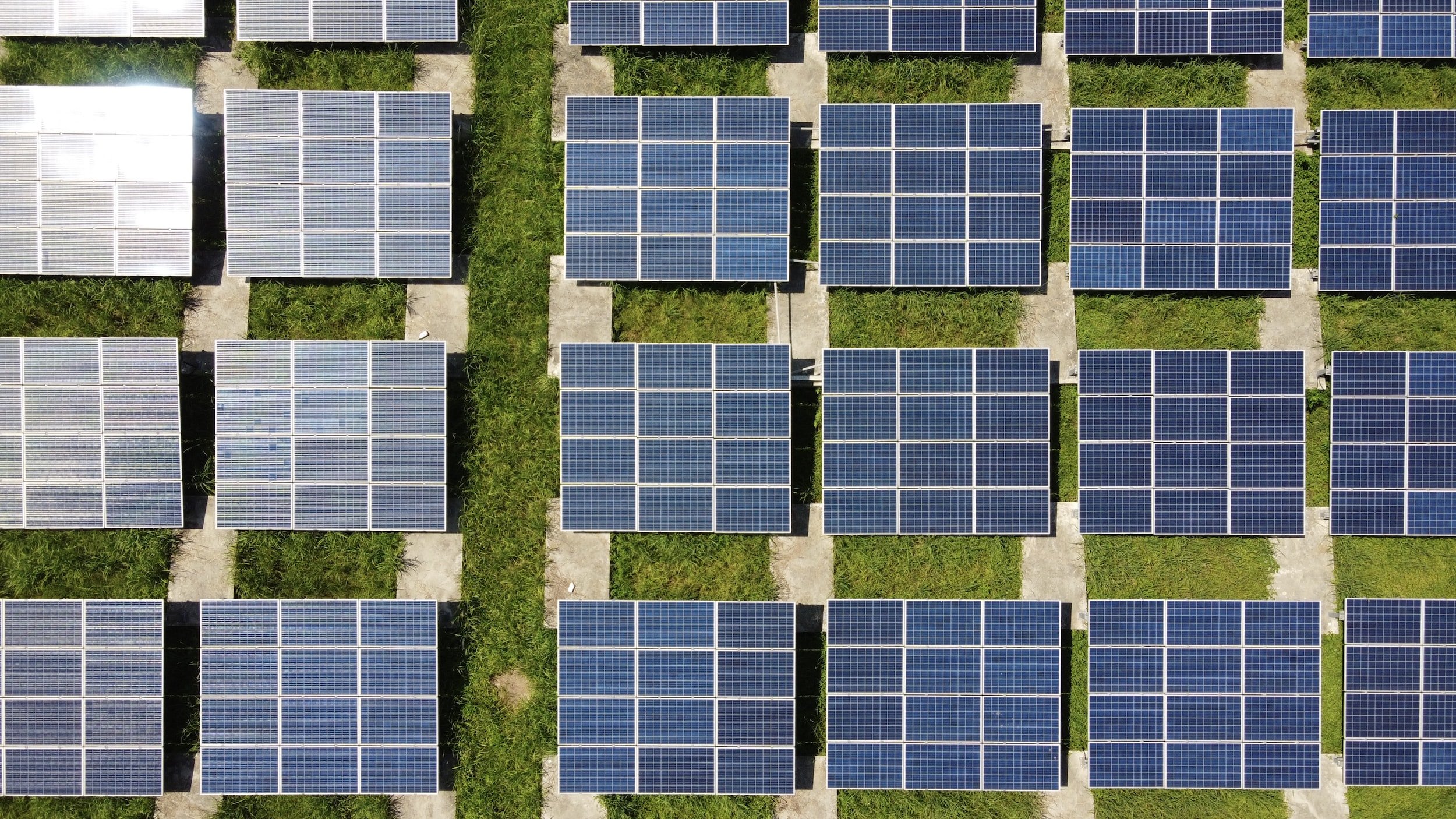
Integrated Clean Energy Design
-
Geothermal Design
Geothermal resources use the thermal mass of water and soil located below the Earth's surface. Wells can be drilled to capture or transfer energy with the thermal mass of the earth for use in a variety of applications, such as space heating and cooling.
-
Solar Photovoltaic
Solar panels convert the energy of photons (light particles) into electricity. These systems can be roof mounted, located in parking lots as awnings, or ground mounted for very large installations.
-
Net Zero Strategic Planning
Zero energy buildings are designed or built to consume as little energy as possible. When a renewable source of energy is added to these buildings, they are capable of producing enough energy to meet or exceed their requirements to run.
-
Battery Storage
Battery storage, or battery energy storage systems are devices that enable energy, often from renewables, like solar and wind, to be stored and then released when customers need power most.
-
Solar Hot Water
Solar water heaters use the sun’s energy as a cost-effective way to generate hot water for your home, building, or business. A key benefit of solar hot water is that it can expand the capacity of your current heating or process equipment.
-
Transportation & Mobility
Sustainable transportation combines resource planning, accessibility and multiple modes of transportation, including electric vehicles, bicycles, public transportation, and pedestrian options.
-
Electric Supply
Supply Services is the portion of your electric service that provides the energy (kWh) from a supplier other than the utility, and can offer purchases from clean energy sources, reducing your carbon footprint.
-
Energy Efficiency
Other energy efficiency measures may include improved insulation, lighting replacement, motor, pump, or process improvements.